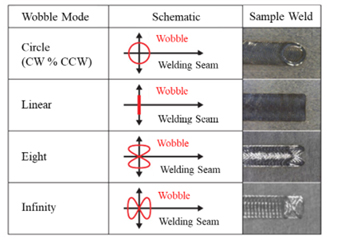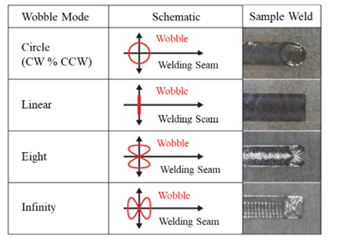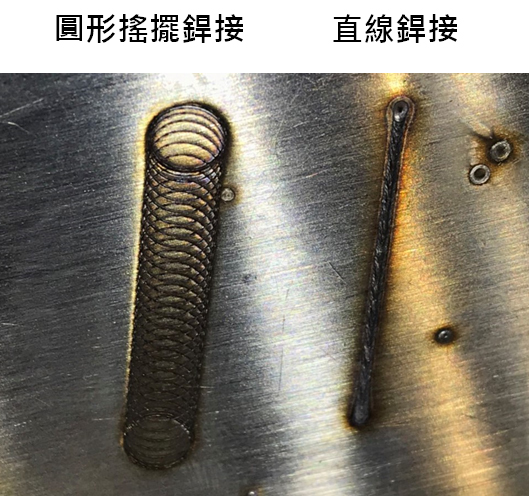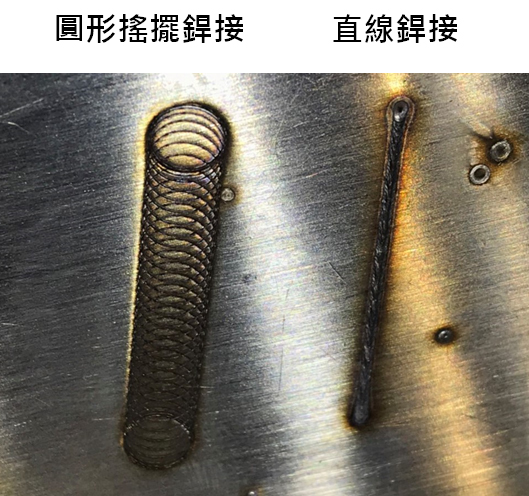
Five Key Evaluations You Must Do Before Using Laser Welding
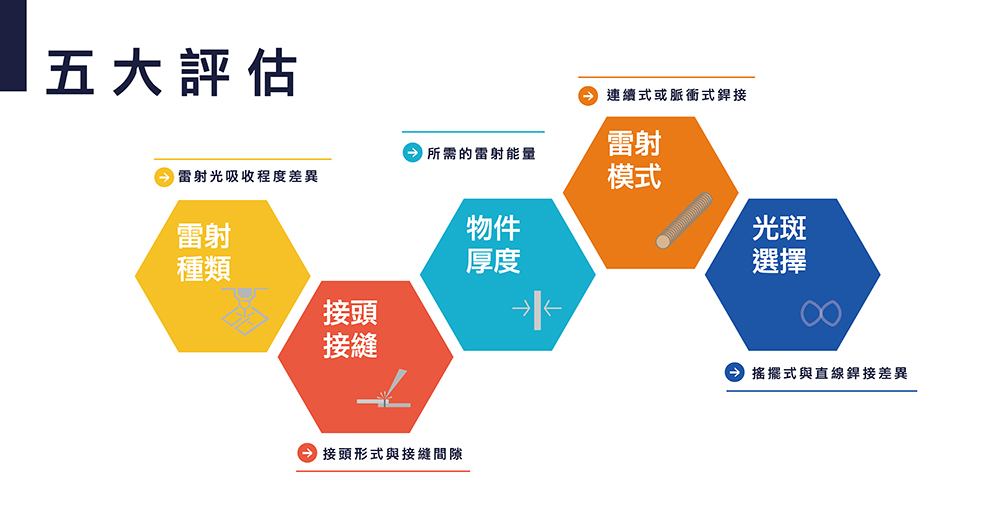
Laser welding offers higher productivity and significantly better weld quality compared to traditional arc welding. With the rise of automation and smart manufacturing, many factories are switching to laser welding. However, due to the unique characteristics of lasers, several critical evaluations must be done beforehand to avoid welding failures.
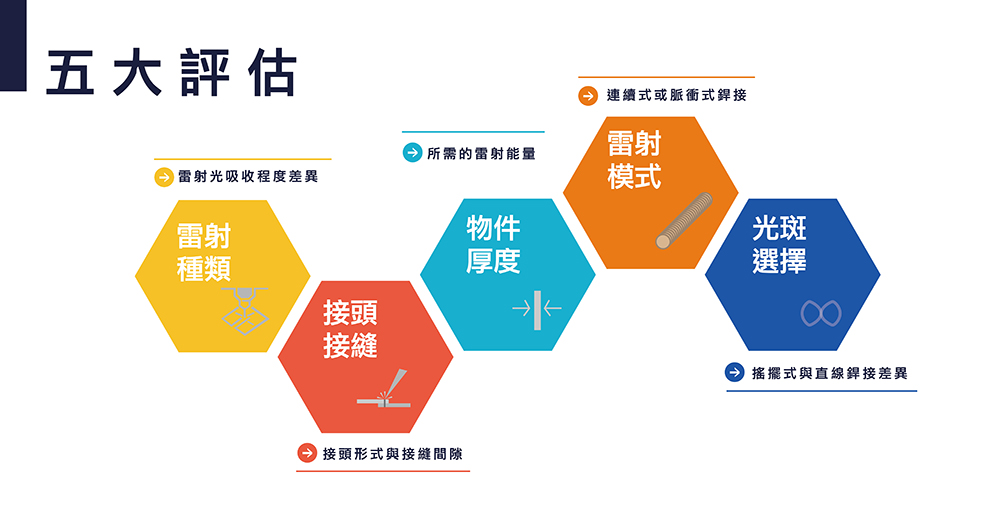
1
2
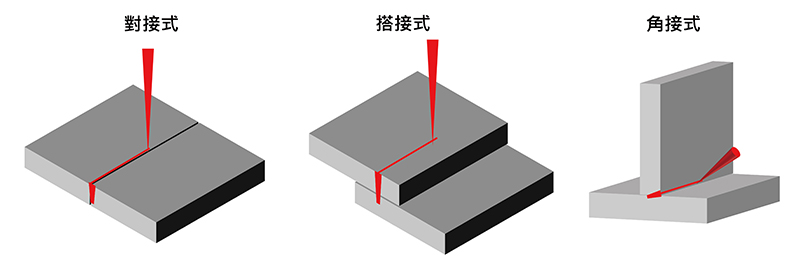
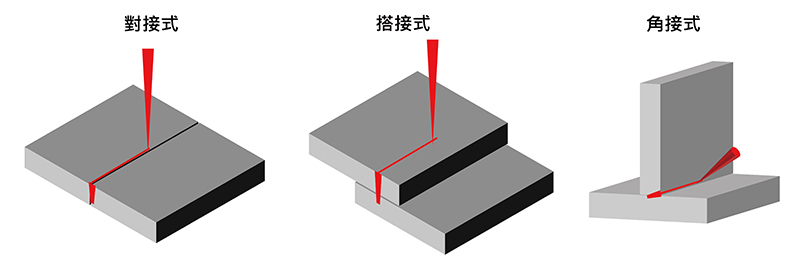
3
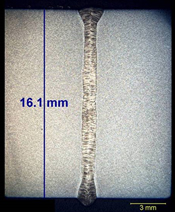
4
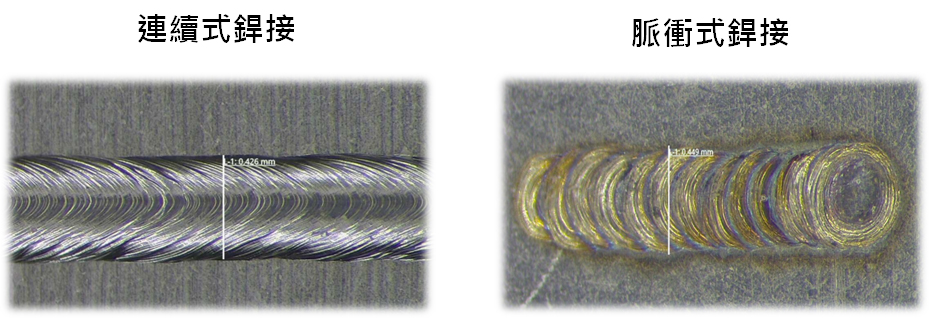
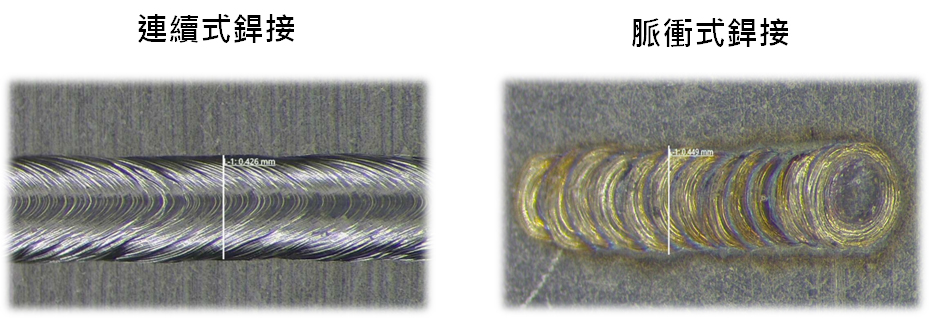
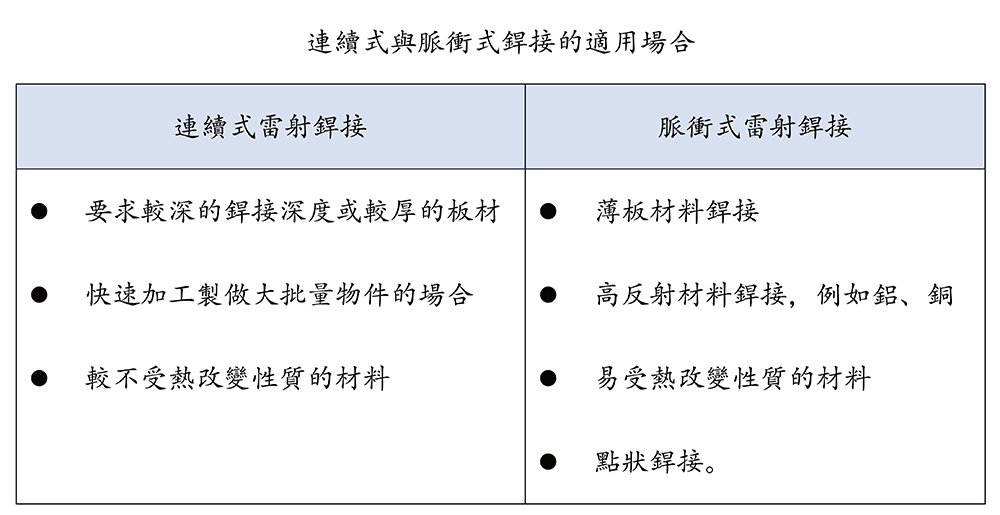
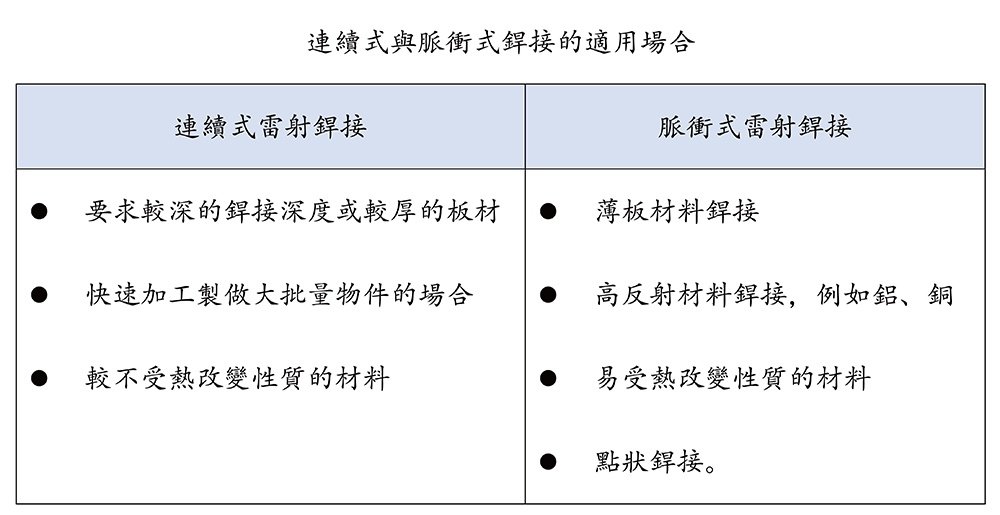
5
